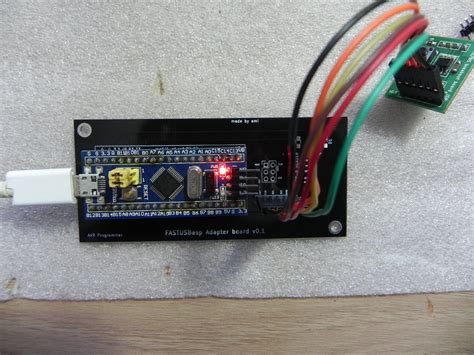In the world of embedded systems, microcontroller preferences vary widely, reflecting the diverse needs of hobbyists, makers, and professionals alike. The ATmega and ATtiny series of AVR microcontrollers have long been cherished for their simplicity, robustness, and easy-to-use development environment. However, as technology progresses, it necessitates re-evaluation of old favorites to see if they still serve us best. This article aims to shed light on why it might be time to reconsider sticking with AVR, especially when there are new players like the AVR Dx series and STM32 microcontrollers that offer more features and capabilities.
The case for upgrading your microcontroller is compelling when you dive into the specifics. Modern AVR Dx series chips boast significant enhancements over the legacy ATmega devices. For instance, the AVR DB has 3x OpAmps, and the AVR EA/EB series feature a differential 12-bit ADC with programmable gain. Such advanced peripherals enable more complex and precise applications, making them a tantalizing choice for even the most die-hard ATmega fans. Moreover, these newer devices often come at lower power consumption and competitive price points, enhancing their appeal for power-sensitive and budget-conscious projects.
On the flip side, some enthusiasts argue for the simplicity and reliability of the older ATmega chips. Users like bigiain appreciate their resilience, particularly in the face of over-voltage and over-current conditions, which can be a frequent issue during prototyping stages. Many have found that short-circuiting Raspberry Pi or ESP32 GPIOs can easily cause irreversible damage, whereas ATmega pins tend to endure such mishaps with grace. This endurance makes them an excellent choice for breadboard-based projects and initial prototyping, where electrical mishaps are far more common.
However, when it comes to scaling up from prototyping to actual production, the pin compatibility and functionality limitations of the old ATmega series become evident. Modern alternatives like STM32 series microcontrollers offer a suite of more powerful peripherals, including faster processing speeds and higher RAM capacity. The STM32G0 series, for example, offers a robust yet cost-effective solution at around $2, featuring a modern 32-bit CPU and sophisticated peripheral set, thus removing many of the bottlenecks associated with the 8-bit AVR line. Additionally, the STM32 series generally provides better tooling, including support for SWD (Serial Wire Debug), which makes debugging and development significantly easier and more productive.
But what really sets the newer microcontroller families apart is their specialized features tailored to specific applications. For example, the AVR Dx series has incorporated a gamut of programmable logic units and event systems that can offload numerous tasks from the core CPU, thus optimizing both performance and energy usage. This brings a versatility that ATmega simply cannot match, enabling applications ranging from sophisticated sensor networks to advanced control systems in consumer electronics. Similarly, STM32 offers specialized timers and ADCs that are significantly more flexible and powerful, making them ideal for more complex tasks.
In conclusion, both the new AVR Dx series and STM32 microcontrollers offer a plethora of features and enhancements that could significantly benefit your projects. These advancements do not overshadow the tried-and-true robustness of the ATmega series but provide more suitable solutions for modern needs. As the electronics landscape continues to evolve, it is imperative not to rest on nostalgia but to embrace these powerful new tools that can take your prototyping and production efforts to new heights. Whether you are a hobbyist or a professional, exploring these new microcontroller options can breathe fresh life into your projects, providing better performance, reliability, and functionality.


Leave a Reply